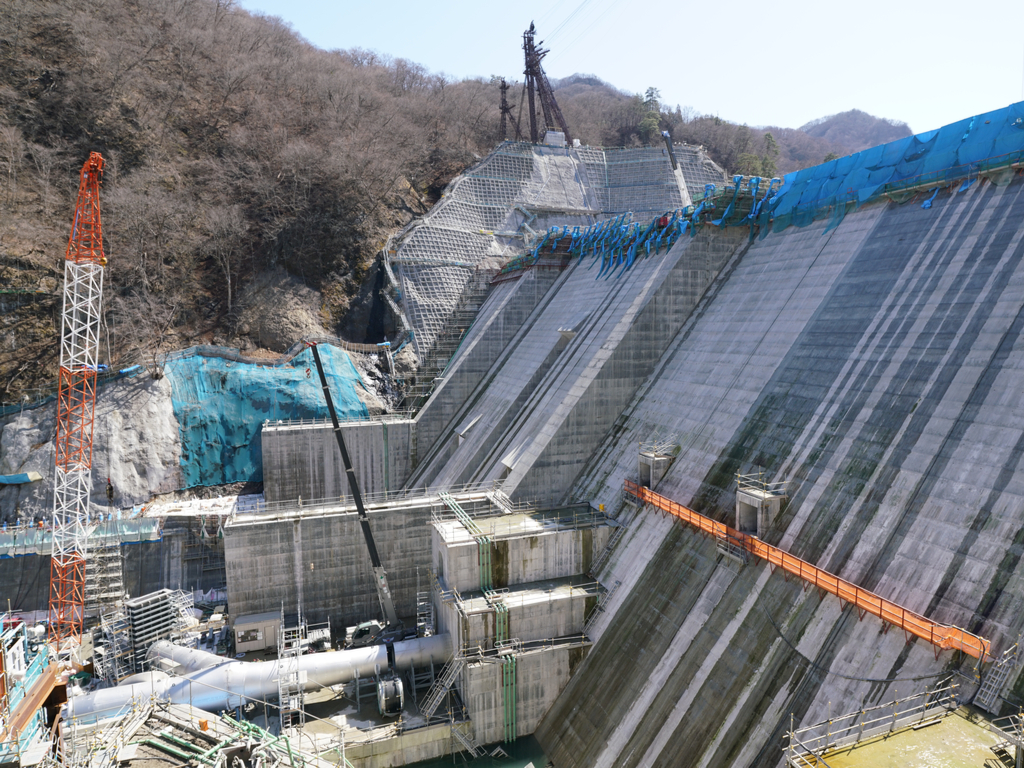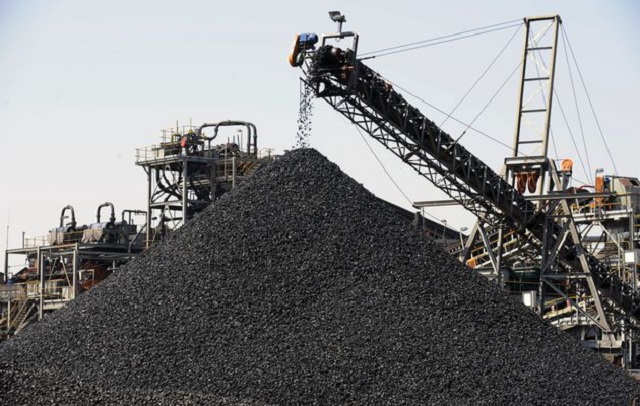Zim enterprises kissing Zesa goodbye
Many businesses in Zimbabwe are being driven to generate own power either out of immediate necessity or because they do not forecast a reliable and stable grid for their electricity needs.
Zimbabwe is facing power constraints that have resulted in increased electricity load shedding threatening production and viability.
Power shortages have a significant effect on the productive sector as they translate into lower economic growth and lower household incomes.
According to a World Bank report released in December 2023, supply shortages are costing Zimbabwe an estimated 6,1 percent of GDP per year.
The global lender also says Zimbabwe’s electricity demand will grow from 1,950 MW in 2022 to 5,177 MW by 2030, driven primarily by increasing demand from the mining and agriculture sectors. This has forced many companies to consider generating own electricity.
Tongaat Hulett is one such company following a recent announcement that it wants to establish two 5MW solar plants at its Triangle and Hippo Valley Estates in the Lowveld, Chiredzi. The sugar company already produces 39MW of its power.
Chief executive officer, Tendai Masawi, said his company will be able to tap the sunshine available in the region “to keep us going particularly when we are not crushing and are not generating our own electricity.”
Recently Rainbow Tourism Group (RTG) installed a 300kVA solar plant at one of its operations — Kadoma Hotel and Conference Centre reducing costs at the facility by about 48 percent.
In May, David Whitehead Textiles (DWT) announced plans to construct a 5-megawatt solar power plant at its recently re-opened Kadoma spinning facility.
The project aims to leverage existing infrastructure and contribute to Zimbabwe’s renewable energy goals, DWT chief engineer Mukuti Singh said in an interview recently.
“Our vision is to become a sustainable textile manufacturer and the solar plant represents a significant step towards that goal,” Singh said then.
In May, Zimplats said it had spent US$27 million on the implementation of the 35 megawatt solar plant project to date, against a budget of US$37 million.
Proplastics, a company involved in the manufacturing of plastic pipes, said in its recent financials that power supply remains a risk for the business and hence it will invest in a solar-generating project.
It said the project “will not only reduce the group’s carbon footprint but will, in addition, have a significant positive effect on production costs as it will be fully integrated into the existing ZESA and generator supply models”.
Distributed Power Africa put up a 3.5MW solar photovoltaic plant on top of the Varun Beverages factory in Harare. The plant is owned, operated and maintained by Dpa.
Dinson Iron and Steel in Manhize, Mvuma is constructing a 100 MW solar plant at its ferrochrome smelting plant in Selous, another 100MW at Manhize powered by wind energy and a 70MW to be produced from heat generated at the iron and steel plant.
According to energy regulator the Zimbabwe Energy Regulatory Authority (ZERA), in its annual report for the year ended December 2023, the majority of projects licensed during the year under review were “specifically constructed for own consumption”.
“This is a model being taken up mostly by farming and industrial enterprises as well as mining ventures,” ZERA said.
The total capacity of these projects licensed in 2023 is 1 302.5MW.
ZERA said another model that has also become popular is projects directed at captive power and this is mostly large projects meant to supply large mining and production facilities. Projects that can produce just above 115MW were licensed in 2023 under the captive power model. The regulator said initiatives were undertaken to promote investment in renewable energy projects to enhance energy security and sustainability.
CEO Edington Mazambani said some of the initiatives included reduced turn around times from quarterly board meetings to round-robin considerations as well as “light-handed approach to projects for own use and captive customers”.
A total seventeen power projects with a capacity to produce 1, 759 were licensed in 2023.
Meanwhile, ZERA commissioned solar PV installations training for the year 2023 with a view to build local capacity for quality design and installation of solar PV systems in the country. The training targeted people with a technical background preferably electricians, who are working for companies that design, install and distribute solar systems in Zimbabwe.-chroncile











